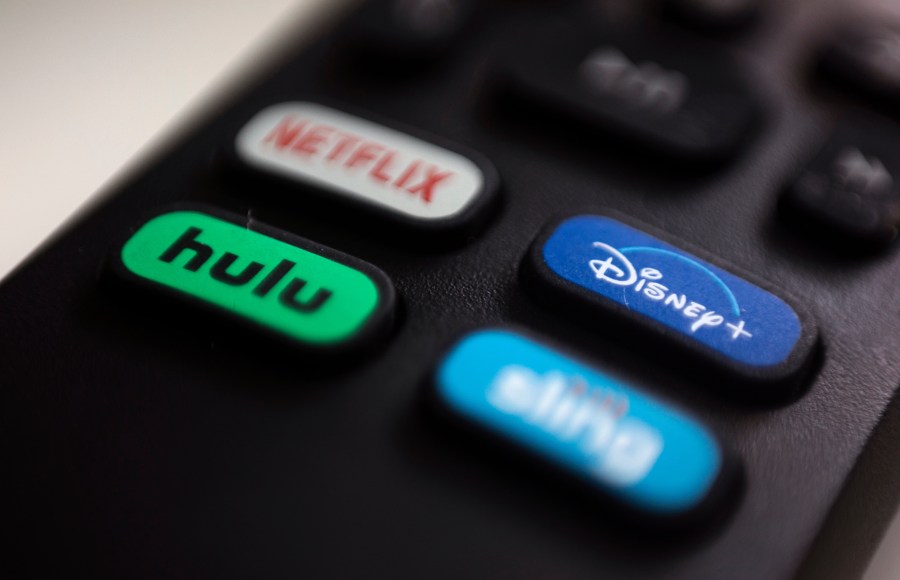Disney+, Hulu subscriptions fall after Kimmel suspension

Disney experienced a spike in cancellations for Disney+, the company’s direct to consumer streaming service, and Hulu, which it owns, in response to its brief suspension of late-night comic Jimmy Kimmel last month, according to new data.
Figures from the audience data company Antenna found cancellations during the period after Kimmel was suspended totaled more than 7 million, representing a nearly doubling of the company’s “churn rate,” a term for the number of people who subscribe and unsubscribe to a service during a given time frame.
Disney declined to comment.
Kimmel was suspended by ABC after he criticized conservatives for what he said was an effort to score “political points” off the assassination of activist Charlie Kirk and a joke about how President Trump was responding to the assassination.
The host, who is frequently critical of Trump, was pulled off the air following a pressure campaign by Trump’s Federal Communications Commission (FCC) Chair Brendan Carr, who suggested ABC and its affiliates drop the comedian’s show.
Two major local station providers, Nexstar Media Group, which owns The Hill, and Sinclair, dropped Kimmel’s show before bringing it back to its local affiliates once he was reinstated by Disney.
After Kimmel was pulled off the air, major figures in media such as Howard Stern and others slammed ABC over its move to suspend him and urged Disney customers to cancel their subscriptions to the company’s products.
A source familiar with the company told The Hill the cancellation figures reported by Antenna are higher than what Disney is seeing internally and noted the numbers do not incorporate the company’s wholesale business, adding the streaming platforms saw a sharp increase in audience once Kimmel returned.
Disney, like all major legacy media companies, has poured hundreds of millions of dollars into streaming in recent years as more consumers cut cable, and media providers move away from linear television and entertainment assets.